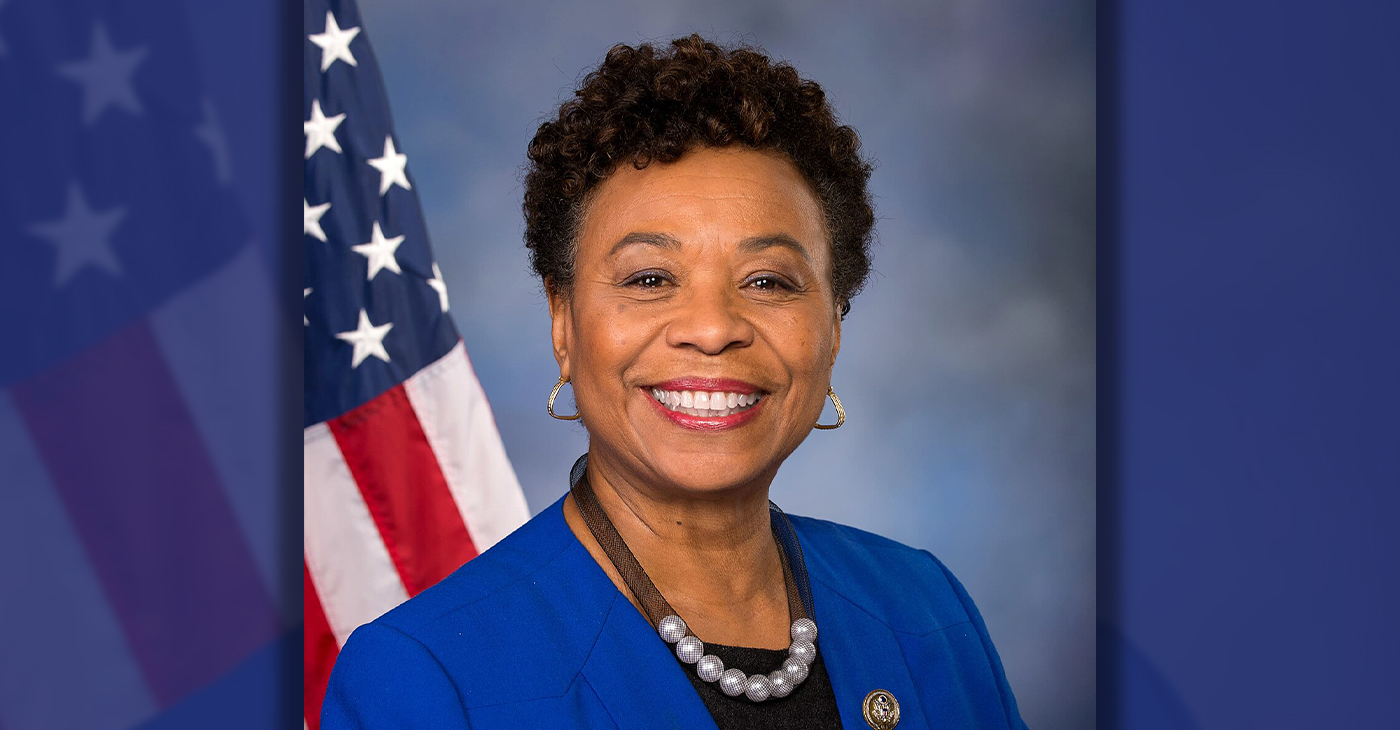National
Study: College Completion Gap Between Rich, Poor Widens

In this Jan. 20, 2015, President Barack Obama delivers his State of the Union address to a joint session of Congress on Capitol Hill in Washington. The White House said Tuesday, Jan. 27, it is dropping a proposal to scale back the tax benefits of college savings plans amid a backlash from both Republicans and Democrats. (AP Photo/Mandel Ngan, Pool)
CHRISTINE ARMARIO, Associated Press
LOS ANGELES (AP) — The gap in bachelor-degree attainment between the nation’s richest and poorest students by age 24 has doubled during the last four decades, according to a report released Tuesday.
The percentage of students from the lowest-income families — those making $34,160 a year or less — earning a bachelor’s degree has inched up just 3 points since 1970, rising from 6 to 9 percent by 2013.
Meanwhile, college completion for students from the wealthiest families has risen dramatically, climbing from 44 to 77 percent.
“It’s really quite amazing how big the differences have become between those from the highest and lowest family incomes,” said Laura Perna, a University of Pennsylvania professor and executive director of the Alliance for Higher Education and Democracy, one of the two organizations that published the study examining college costs and degree attainment.
The study comes amid renewed debate on college affordability spurred by President Barack Obama’s proposal to make two years of college free. If adopted in every state, the proposal would benefit a projected 9 million students each year. It would cost taxpayers an estimated $60 billion over 10 years — a price the Republican-controlled Congress is likely to be hesitant to embrace.
Among the report’s other findings: The percentage of students from all income levels enrolling in college has increased, shrinking the gap in enrollment between rich and poor “somewhat” during the last four decades. There was a 46-point gap between the two groups in 1970, compared with a 36-point gap in 2012.
But completion gaps are growing: While 99 percent of students entering college from the highest-income families — those making $108,650 or more a year — graduate by 24, just 21 percent of students from the lowest-income families finish by that age.
Perna said there are a number of factors contributing to the widening divide, including access to the information and support needed to enter college and graduate; college readiness; and the availability of higher education that meets people’s needs, particularly for students who might have children, limited access to transportation and full-time jobs.
She also noted that the likelihood of finishing a degree varies dramatically by the type of institution. Students from the poorest families are overrepresented in public two-year institutions, which tend to have lower completion rates, while those from wealthier families are abundant in doctoral-granting institutions.
The Obama administration has expanded the availability of Pell grants and supported a tax credit for tuition costs, but the study says the amount of the maximum Pell grant award has not kept up with the rising cost of college. College costs were more than two times higher in 2012 than in 1975 at the start of the Pell grant program, which provides aid to low-income students based on need.
Pell grants covered 67 percent of college costs in 1975 but only 27 percent in 2012.
“We sometimes think that low-income students are taken care of because of the federal program. But you can see it covers so much less than when it was first established,” said Margaret Cahalan, director of the Pell Institute for the Study of Opportunity in Higher Education, the second institution involved in the report.
The study shows the burden of paying for college has increasingly shifted from state and local governments to students and families. That, Perna said, should prompt an important question: Who should pay for college given the individual and societal benefits?
“Students only have so many resources they can use to pay the costs,” Perna said.
Michael Kramer, 29, is the first in his family to attend college. The son of a country club maintenance supervisor and a factory worker, he went straight to jobs in retail and plumbing after graduating high school, unable to afford college. He eventually enrolled in a community college while working full time and is now taking out loans to help finish his bachelor’s degree at the University of California, Los Angeles.
“We’re a country that says everybody should be getting higher education, and nowadays, to get any decent job, you need a bachelor’s degree,” Kramer said.
But for low-income students like him, Kramer said the high cost of college often means making a difficult choice between fulfilling basic food and housing needs and obtaining a postsecondary education.
“It’s a continuous cycle that they get stuck in,” he said.
___
Follow Christine Armario on Twitter: http://www.twitter.com/cearmario
Copyright 2015 The Associated Press. All rights reserved. This material may not be published, broadcast, rewritten or redistributed.
Activism
Oakland Post: Week of April 17 – 23, 2024
The printed Weekly Edition of the Oakland Post: Week of April 17 – 23, 2024

To enlarge your view of this issue, use the slider, magnifying glass icon or full page icon in the lower right corner of the browser window. ![]()
Barbara Lee
Congresswoman Barbara Lee Issues Statement on Deaths of Humanitarian Aid Volunteers in Gaza
On April 2, a day after an Israeli airstrike erroneously killed seven employees of World Central Kitchen (WCK), a humanitarian organization delivering aid in the Gaza Strip, a statement was release by Rep. Barbara Lee (D-CA-12). “This is a devastating and avoidable tragedy. My prayers go to the families and loved ones of the selfless members of the World Central Kitchen team whose lives were lost,” said Lee.

By California Black Media
On April 2, a day after an Israeli airstrike erroneously killed seven employees of World Central Kitchen (WCK), a humanitarian organization delivering aid in the Gaza Strip, a statement was release by Rep. Barbara Lee (D-CA-12).
“This is a devastating and avoidable tragedy. My prayers go to the families and loved ones of the selfless members of the World Central Kitchen team whose lives were lost,” said Lee.
The same day, it was confirmed by the organization that the humanitarian aid volunteers were killed in a strike carried out by Israel Defense Forces (IDF). Prior to the incident, members of the team had been travelling in two armored vehicles marked with the WCF logo and they had been coordinating their movements with the IDF. The group had successfully delivered 10 tons of humanitarian food in a deconflicted zone when its convoy was struck.
“This is not only an attack against WCK. This is an attack on humanitarian organizations showing up in the direst situations where food is being used as a weapon of war. This is unforgivable,” said Erin Gore, chief executive officer of World Central Kitchen.
The seven victims included a U.S. citizen as well as others from Australia, Poland, the United Kingdom, Canada, and Palestine.
Lee has been a vocal advocate for a ceasefire in Gaza and has supported actions by President Joe Biden to airdrop humanitarian aid in the area.
“Far too many civilians have lost their lives as a result of Benjamin Netanyahu’s reprehensible military offensive. The U.S. must join with our allies and demand an immediate, permanent ceasefire – it’s long overdue,” Lee said.
Commentary
Commentary: Republican Votes Are Threatening American Democracy
In many ways, it was great that the Iowa Caucuses were on the same day as Martin Luther King Jr. Day. We needed to know the blunt truth. The takeaway message after the Iowa Caucuses where Donald Trump finished more than 30 points in front of Florida Gov. De Santis and former South Carolina Governor Nikki Haley boils down to this: Our democracy is threatened, for real.

By Emil Guillermo
In many ways, it was great that the Iowa Caucuses were on the same day as Martin Luther King Jr. Day.
We needed to know the blunt truth.
The takeaway message after the Iowa Caucuses where Donald Trump finished more than 30 points in front of Florida Gov. De Santis and former South Carolina Governor Nikki Haley boils down to this: Our democracy is threatened, for real.
And to save it will require all hands on deck.
It was strange for Iowans to caucus on MLK day. It had a self-cancelling effect. The day that honored America’s civil rights and anti-discrimination hero was negated by evening.
That’s when one of the least diverse states in the nation let the world know that white Americans absolutely love Donald Trump. No ifs, ands or buts.
No man is above the law? To the majority of his supporters, it seems Trump is.
It’s an anti-democracy loyalty that has spread like a political virus.
No matter what he does, Trump’s their guy. Trump received 51% of caucus-goers votes to beat Florida Gov. Ron DeSantis, who garnered 21.2%, and former South Carolina Gov. Nikki Haley, who got 19.1%.
The Asian flash in the pan Vivek Ramaswamy finished way behind and dropped out. Perhaps to get in the VP line. Don’t count on it.
According to CNN’s entrance polls, when caucus-goers were asked if they were a part of the “MAGA movement,” nearly half — 46% — said yes. More revealing: “Do you think Biden legitimately won in 2020?”
Only 29% said “yes.”
That means an overwhelming 66% said “no,” thus showing the deep roots in Iowa of the “Big Lie,” the belief in a falsehood that Trump was a victim of election theft.
Even more revealing and posing a direct threat to our democracy was the question of whether Trump was fit for the presidency, even if convicted of a crime.
Sixty-five percent said “yes.”
Who says that about anyone of color indicted on 91 criminal felony counts?
Would a BIPOC executive found liable for business fraud in civil court be given a pass?
How about a BIPOC person found liable for sexual assault?
Iowans have debased the phrase, “no man is above the law.” It’s a mindset that would vote in an American dictatorship.
Compare Iowa with voters in Asia last weekend. Taiwan rejected threats from authoritarian Beijing and elected pro-democracy Taiwanese vice president Lai Ching-te as its new president.
Meanwhile, in our country, which supposedly knows a thing or two about democracy, the Iowa caucuses show how Americans feel about authoritarianism.
Some Americans actually like it even more than the Constitution allows.
About the Author
Emil Guillermo is a journalist and commentator. He does a mini-talk show on YouTube.com/@emilamok1.
-

 Activism4 weeks ago
Activism4 weeks agoOakland Post: Week of March 20 – 26, 2024
-

 #NNPA BlackPress3 weeks ago
#NNPA BlackPress3 weeks agoCOMMENTARY: D.C. Crime Bill Fails to Address Root Causes of Violence and Incarceration
-

 #NNPA BlackPress3 weeks ago
#NNPA BlackPress3 weeks agoMayor, City Council President React to May 31 Closing of Birmingham-Southern College
-

 #NNPA BlackPress3 weeks ago
#NNPA BlackPress3 weeks agoCOMMENTARY: Lady Day and The Lights!
-

 #NNPA BlackPress3 weeks ago
#NNPA BlackPress3 weeks agoFrom Raids to Revelations: The Dark Turn in Sean ‘Diddy’ Combs’ Saga
-

 #NNPA BlackPress3 weeks ago
#NNPA BlackPress3 weeks agoBaltimore Key Bridge Catastrophe: A City’s Heartbreak and a Nation’s Alarm
-

 #NNPA BlackPress3 weeks ago
#NNPA BlackPress3 weeks agoBaltimore’s Key Bridge Struck by Ship, Collapses into Water
-

 Activism3 weeks ago
Activism3 weeks agoOakland Post: Week of March 27 – April 2, 2024








































